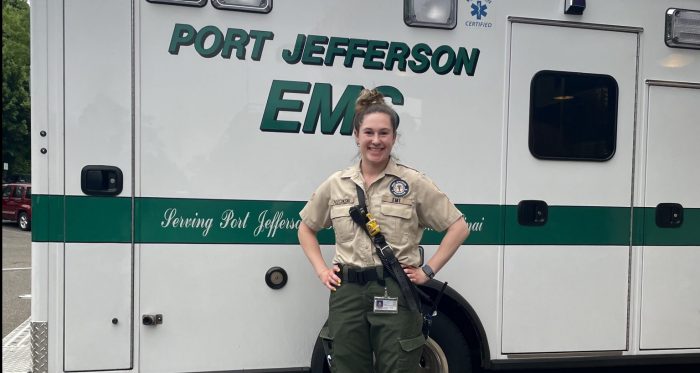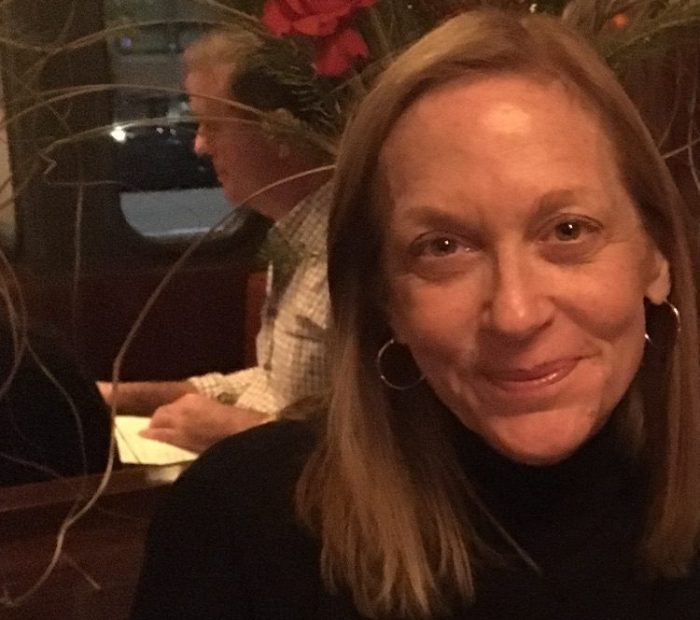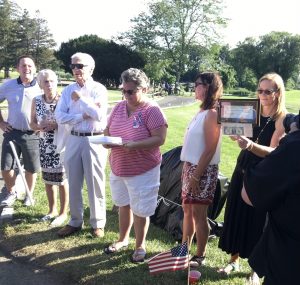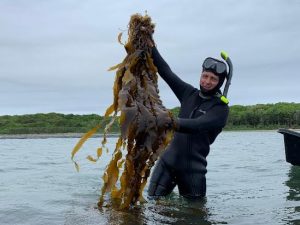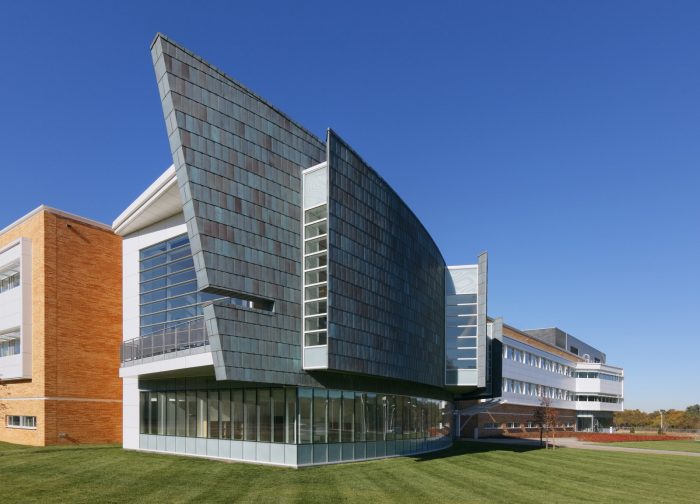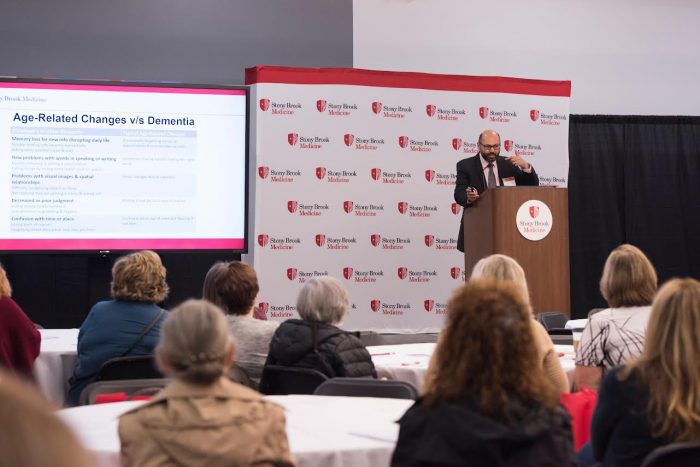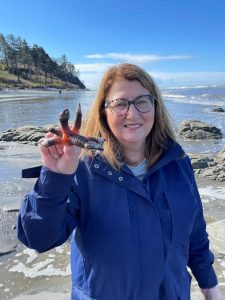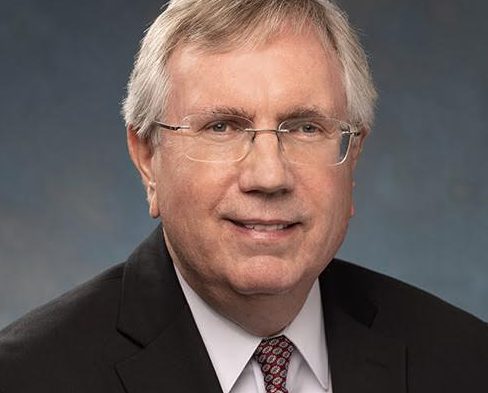By Daniel Dunaief
While looking after the physical and mental well-being of patients who come in for care, Suffolk County hospitals are also focused on protecting staff, patients and visitors from the kind of violence that has spread recently throughout the country.
Over the past six months, hospital security staff and administrators have added a host of procedures to enhance safety and are considering additional steps.
“New measures have been put in place to minimize risk and better secure our buildings from a variety of threats,” Frank Kirby, Catholic Health Service line manager, wrote in an email. Catholic Health includes St. Catherine of Siena in Smithtown and St. Charles in Port Jefferson, among others.
“All Catholic Health facilities have an ‘active shooter’ contingency policy, which includes training for our employees on what to do in such an event,” Kirby wrote.
Executives at several health care facilities shared specific measures they have put in place.
The safe room
“Over the last six months or so, we have created something called the safe room,” said Dr. Michel Khlat, director at St. Catherine of Siena. Inside that room, hospital staff can hide and can find emergency items, like a door stop, medical supplies, gauze and first aid equipment.
St. Catherine recommends putting all the tables down in the safe room and hiding.
Khlat added that the hospital recommends that staff not open a door where another staff member knocks, in case a criminal is squatting nearby, waiting for access to the hospital.
Kirby added that Catholic Health facilities actively conducts drills across their hospitals, medical buildings and administrative offices to “sharpen our preparedness for any potential crisis that could impact safety and security.”
Catholic Health hospitals have onsite security guards and field supervisors who have prior military or law enforcement experience, Kirby added.
Northwell Health
As for Northwell Health, which includes Huntington Hospital, Scott Strauss, vice president of Corporate Security at Northwell, said the hospitals have an armed presence that includes many former and active law enforcement officers.
Strauss himself is a retired New York Police Department officer who, as a first responder on 9/11, rescued a Port Authority officer trapped by the fall of the World Trade Center.
Northwell is researching the possibility of installing a metal detection system.
Strauss suggested that the security program could not be successful without the support of senior leadership.
He suggested that staff and visitors can play a part in keeping everyone safe by remaining vigilant, as anyone in a hospital could serve as the eyes and ears of a security force.
The security staff has relied on their 15 to 35 years of experience to deescalate any potentially violent situations, Strauss said.
Northwell hospitals also offer guidance to staff for personal relationships that might
be dangerous.
“People don’t realize they’re in a poor relationship, they might think it’s normal,” Strauss said.
Across social media and the Internet, the communications team at Northwell monitors online chatter to search for anything that might be threatening.
“We evaluate it and notify the police as needed,” said Strauss.
Aggressive behavior
Strauss urged people who see something threatening online to share it with authorities, either at the hospitals or in the police force. “You can’t take a chance and let that go,” he said.
At this point, Northwell hasn’t noticed an increase in threats or possible security concerns. It has, however, seen an increase in aggressive behavior at practices and in
the hospitals.
In those situations, the security team investigates. They offer to get help, while making it clear that “threatening in any way, shape or form is not tolerated,” Strauss said. “There could be consequences” which could include being dismissed from the practice and filing police reports, Strauss said.
Anecdotally, Strauss believes Northwell has seen an increase in police reports.
When the draft of the Supreme Court’s decision that will likely overturn Roe vs. Wade, the landmark 1973 case that made it unconstitutional for states to restrict abortions, became public, Strauss was concerned about the potential backlash for health care providers.
So far, Strauss said gratefully, Northwell hasn’t seen any violence or threats related to the pending decision.
Stony Brook
Stony Brook University Hospital has an accredited and armed law enforcement agency on campus, in addition to a team of trained public safety personnel within the hospital, explained Lawrence Zacarese, vice president for Enterprise Risk Management and chief security officer at Stony Brook University.
Zacarese indicated that university officers are extensively trained in active shooter response protocols and are prepared to handle other emergency situations.
He added that the staff looks for ways to enhance security.
“Our training and security activities are continuous, and we are committed to exploring additional opportunities to maintain a safe and secure environment,” he explained in an email.
Kirby of Catholic Health Security suggested that hospitals do “more than provide care for surgical and medical inpatients. They also need to guarantee safety for all who enter our grounds.”


